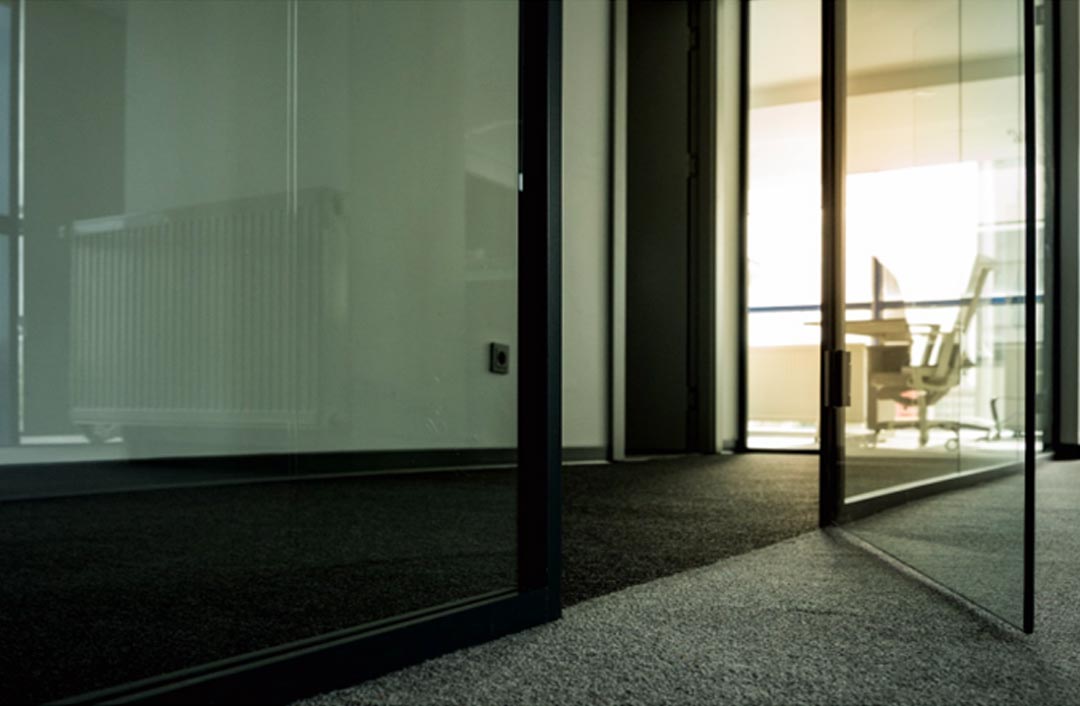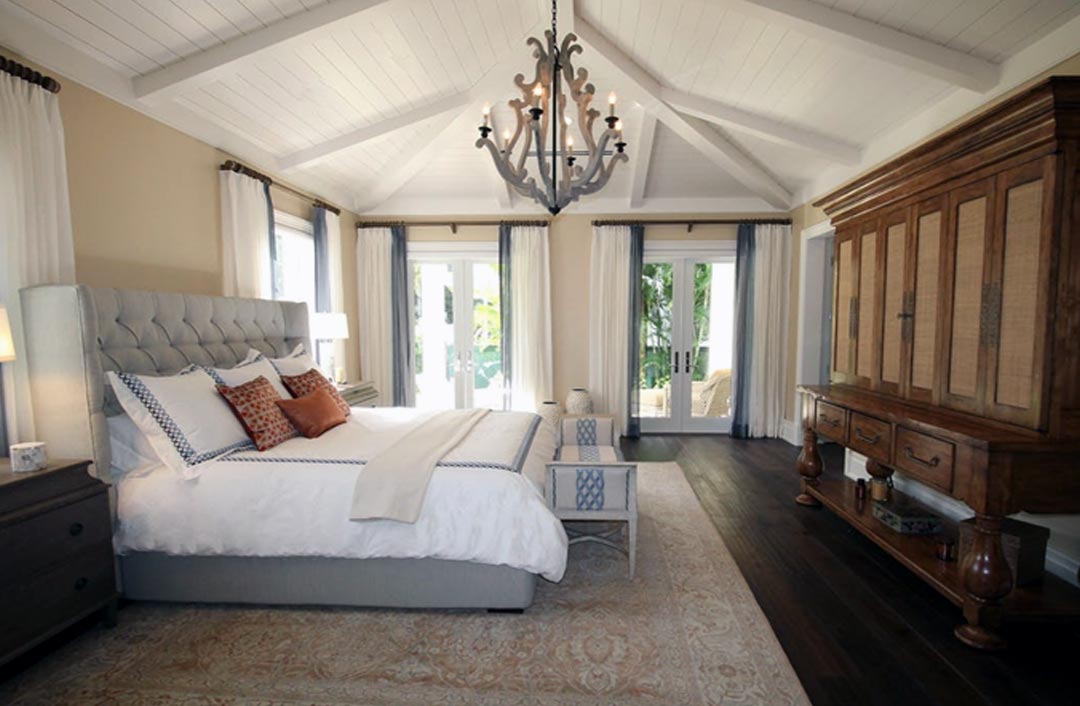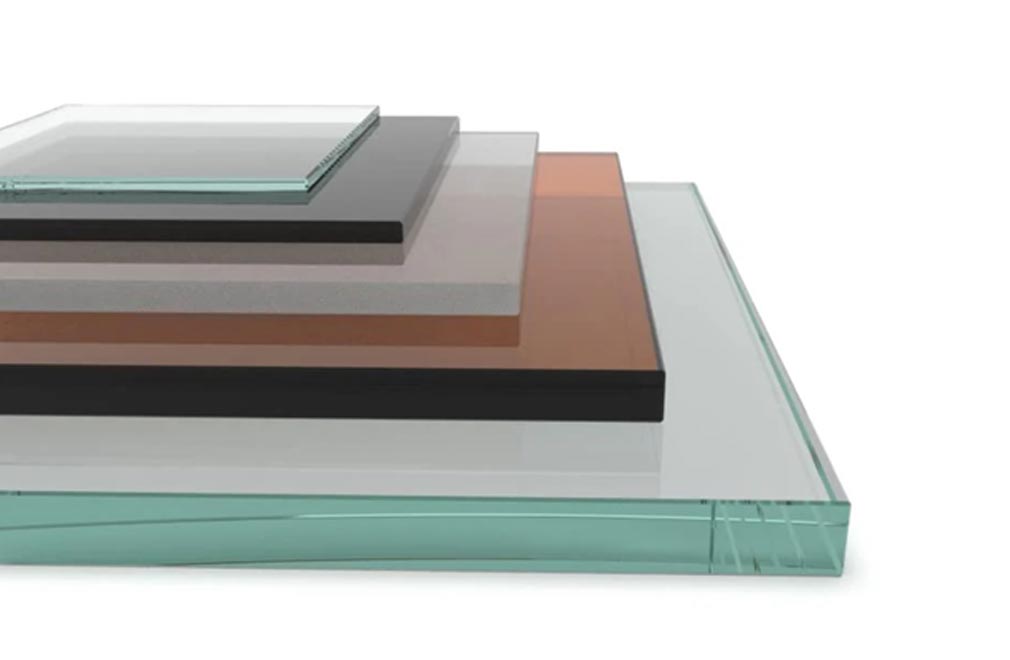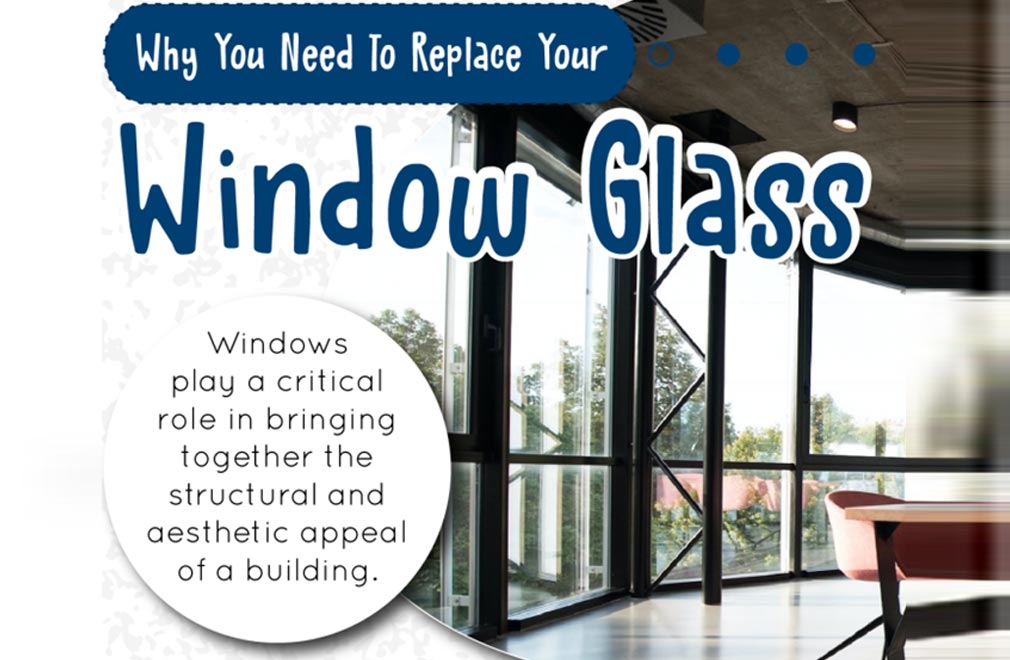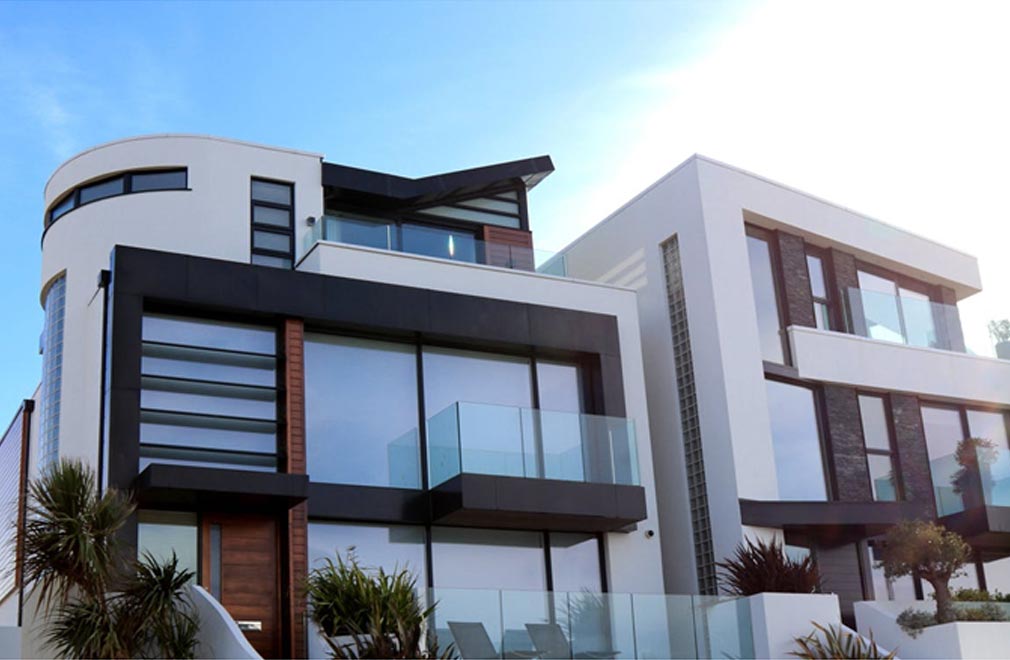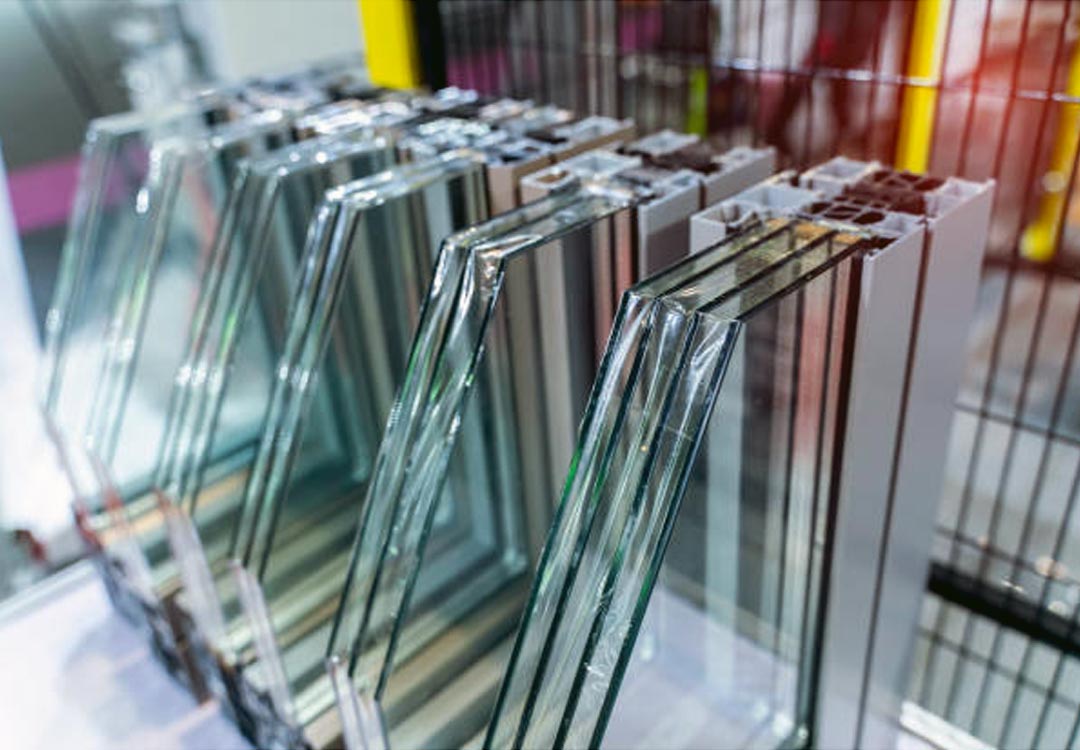Energy-efficient glazing
Energy-efficient glazing refers to window technologies designed to minimize heat loss and gain, enhancing the energy performance of buildings. Here are some key features and types:
- Low-E Coatings: Low-emissivity (Low-E) coatings reflect heat while allowing natural light to pass through. They help keep buildings warm in winter and cool in summer.
- Insulated Glass Units (IGUs): These consist of multiple panes of glass separated by a space filled with gas (like argon or krypton) that reduces heat transfer.
- Triple Glazing: Adding a third pane of glass further enhances insulation, making these windows particularly effective in colder climates.
- Solar Control Glass: This type of glazing reduces solar heat gain while still allowing natural light, helping to maintain comfortable indoor temperatures.
- Tinted Glass: Tinted options can reduce glare and heat gain from sunlight, making them suitable for sunny areas.
- Framing Materials: The frame material also impacts energy efficiency. Materials like vinyl, fiberglass, or wood with thermal breaks can help reduce heat transfer.
- Proper Installation: Properly installing windows plays a crucial role in maximizing energy efficiency.
These technologies can significantly lower heating and cooling costs, improve indoor comfort, and reduce buildings’ environmental impact. If you have specific questions or need more details, please ask!

Improving energy efficiency
Improving Energy-Efficient Glazing Glass in buildings involves a combination of strategies and technologies. Here are some effective ways to enhance energy efficiency:
- Upgrade Insulation: Ensure that walls, roofs, and floors are well-insulated to minimize heat loss in winter and heat gain in summer.
- Install Energy-Efficient Windows: Use double or triple-glazed windows with Low-E coatings to reduce energy transfer.
- Seal Air Leaks: Identify and seal gaps around windows, doors, and other openings to prevent drafts and improve HVAC efficiency.
- Use Energy-Efficient Lighting: Replace incandescent bulbs with LED or CFL bulbs, which use significantly less energy and last longer.
- Install Smart Thermostats: These devices optimize heating and cooling schedules based on your habits, leading to energy savings.
- Choose Energy-Efficient Appliances: Look for ENERGY STAR-rated appliances that consume less electricity and water.
- Adopt Renewable Energy Sources: Consider solar panels or wind turbines to generate clean energy on-site.
- Utilize Efficient HVAC Systems: Upgrade to high-efficiency heating, ventilation, and air conditioning systems with proper maintenance to ensure they operate optimally.
- Optimize Water Heating: Use tankless or heat-pump water heaters to reduce energy consumption.
- Implement Smart Home Technology: Smart devices can monitor and control energy use, allowing more efficient management.
- Consider Landscaping: Planting trees or using green roofs can provide shade and reduce heating and cooling needs.
- Regular Maintenance: Schedule regular checks on HVAC systems and appliances to ensure they run efficiently.
Combining these strategies can significantly improve energy efficiency, reduce utility bills, and contribute to environmental sustainability. Let me know if you want more details on any specific strategy!
Improving soundproofing
Improving soundproofing in a building can significantly enhance comfort and privacy. Here are several effective strategies to achieve better soundproofing:
- Upgrade Windows: Use double or triple-glazed windows, or consider laminated glass, which provides better sound insulation.
- Insulate Walls: Adding soundproof insulation materials (like mineral wool or acoustic foam) within walls can help dampen sound transmission.
- Use Acoustic Panels: Install wall-mounted acoustic panels to absorb sound and reduce echoes in a room.
- Seal Gaps and Cracks: To prevent sound leakage, use caulk or weather stripping to seal gaps around windows, doors, and electrical outlets.
- Install Solid Core Doors: Replace hollow-core doors with solid-core doors, which are denser and block sound more effectively.
- Flooring Choices: Use carpets, rugs, or acoustic underlays on floors to reduce sound transmission, especially in multi-story buildings.
- Decouple Walls: Consider building double walls or using resilient channels to decouple surfaces, which can significantly reduce sound transfer.
- Use Soundproof Curtains: Heavy, sound-dampening curtains can block noise from outside and help absorb sound within the room.
- Create Soft Furnishings: Adding upholstered furniture, cushions, and textiles can help absorb sound and reduce echoes.
- Acoustic Ceiling Tiles: If ceiling noise is an issue, consider installing acoustic ceiling tiles to reduce sound transmission from above.
- Landscaping: Strategically placed trees and shrubs can act as natural sound barriers, reducing outdoor noise.
- Consider White Noise Machines: These can help mask unwanted noise, creating a more peaceful environment.
Implementing these strategies can significantly enhance soundproofing in your space, making it quieter and more comfortable. If you need more details or specific recommendations, feel free to ask!


